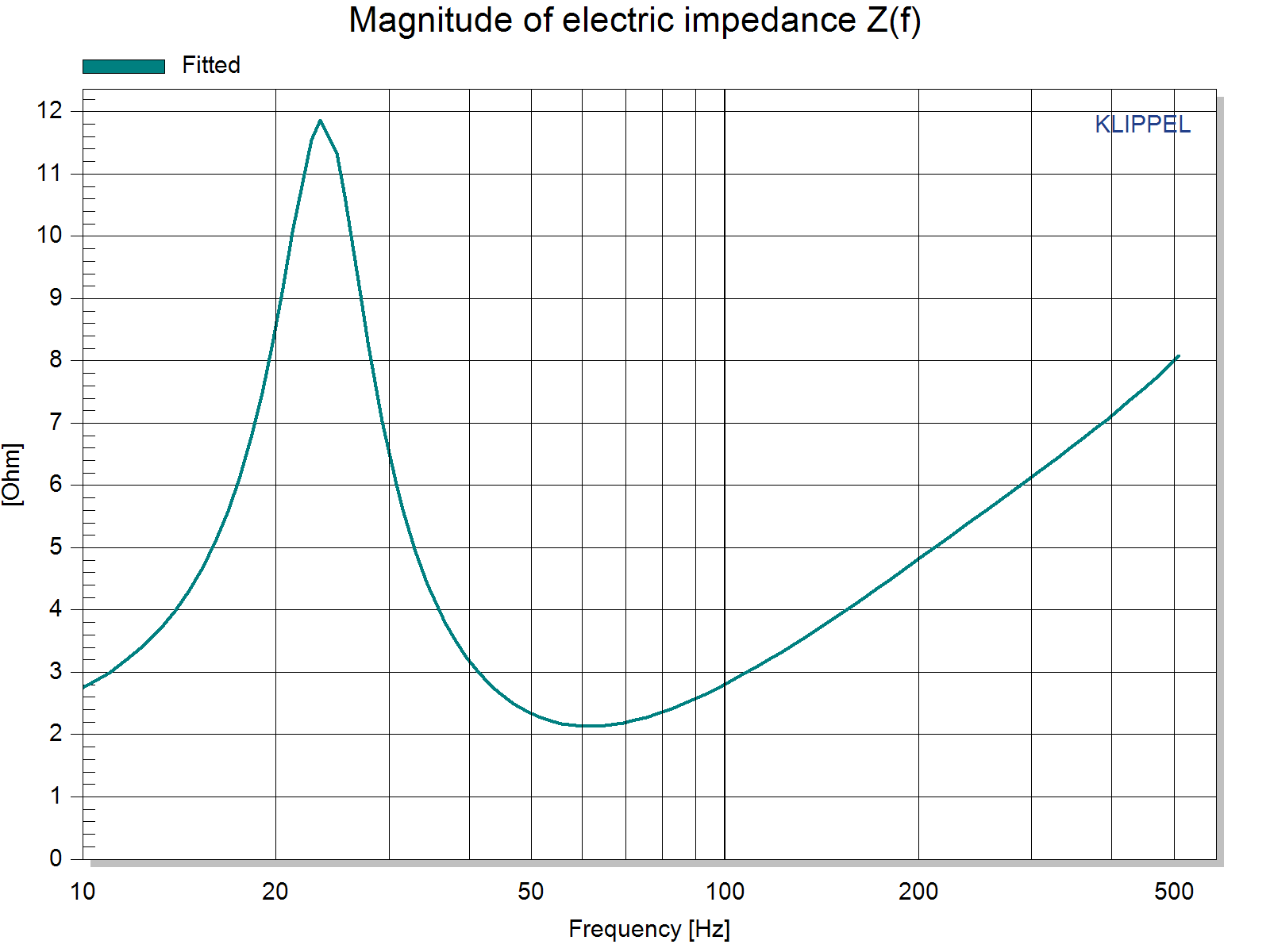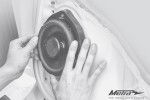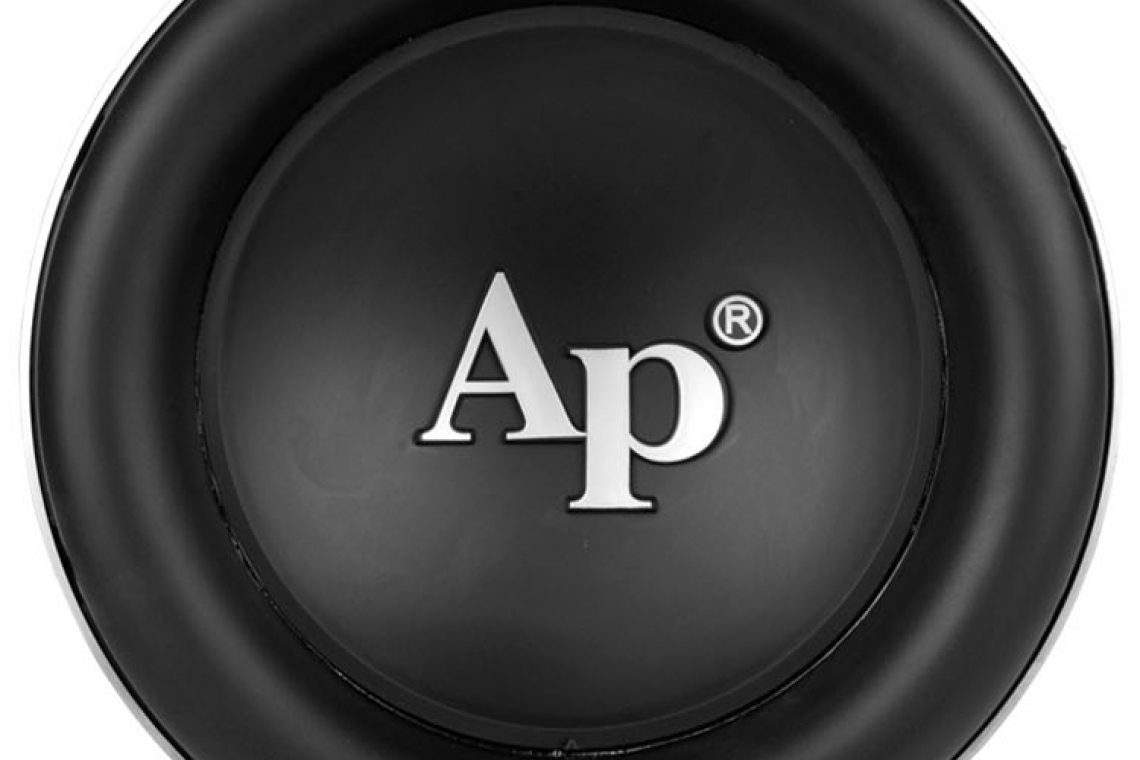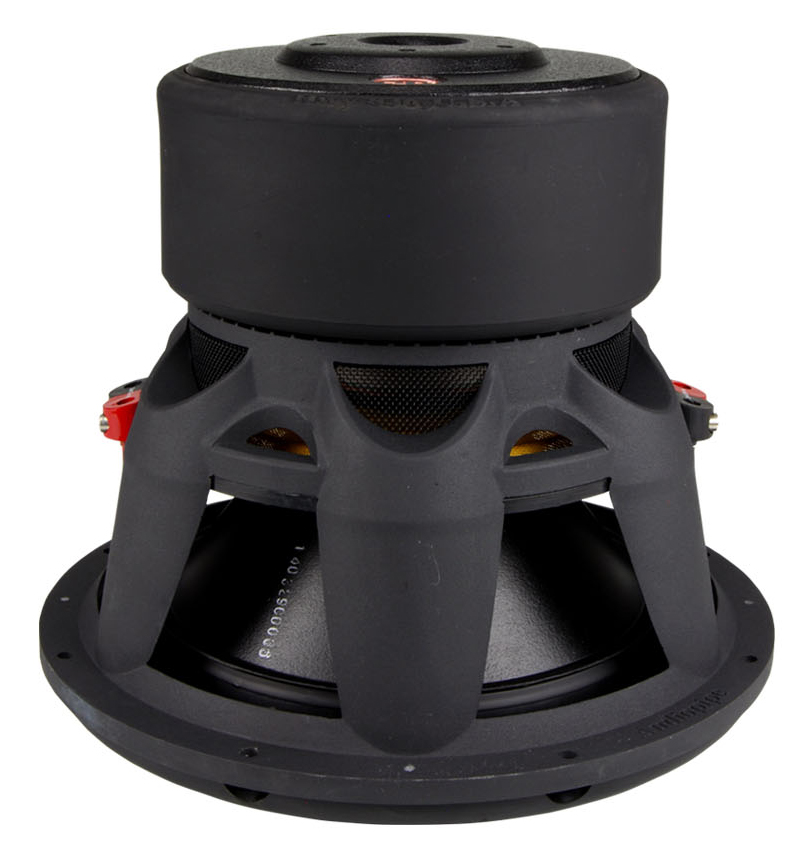LISTENING
As usual, the first thing I do with a woofer is break in the suspension, otherwise known as “exercising”. In this case, I use a 10 Hz signal to maximize excursion and allow the suspension to soften up a bit. With enough power applied to get about half an inch of cone movement, I let the woofer break in for about eight hours. Before the woofer can be listened to, I like to let it cool completely and allow everything to normalize overnight. Normally you don’t need to do this when buying a new woofer because it will break in as you listen to it for the first couple of weeks. The manual indicates the woofer likes rather large enclosures, with the sealed version at three cubic feet and the vented adding an additional half a foot. In my opinion, these may be the ideal volumes for the woofer, but they are far larger than the average vehicle has room for. So, I choose to do my testing in a more typical 1.75 cubic foot vented enclosure, tuned to 38 Hz.
With the Q-12 securely fastened in the enclosure and the coils wired in parallel for a two-ohm load, I connect it to my reference system and select a 1,000-watt amplifier. With a low-pass crossover point at 80 Hz and the amp’s subsonic filter at about 30 Hz, I sit down and evaluate the sonics of the woofer with a bunch of different music.
The Q-12 definitely plays low and loud! Power handling is not an issue, and I don’t see any indication of reaching the woofer’s limits, even when playing at very high levels. The sonic performance of the woofer is generally quite good too. The Q-12’s output is warm and round sounding, with decent definition and not too much “overhang” on the transients. Fast plucked bass notes, such as in Thom Rotellas’ Friends, sounds strong and powerful, and you can easily hear the resonances and echo in the recording. Bass and drums in The Blues Brothers’ version of Sweet Home Chicago sound realistic and convincing without being overbearing. When pushed hard on bass-heavy tracks by Yello, The Pussycat Dolls and 50 Cent, the AudioPipe Q-12 simply pounds out the bass with nary a whimper or protest.
In terms of output, this woofer is right there with most of the other very high power handling woofers I’ve tested. They all seem to have a bit lower overall efficiency, but the trade-off is the extreme power handling and the amount of abuse they’ll take, where a more efficient woofer would simply self destruct. No worries about that here - this woofer can handle all the power it’s rated for.

WOOFERS FREE AIR IMPENDANCE - COILS IN PARALLEL

NEARFIELD SPL/FREQUENCY RESPONSE 1W/1M
ON THE BENCH
Back in the lab, I measure the woofer’s parameters with my trusty Klippel Analyzer and its very accurate laser interferometer. My results are significantly different than the published specifications and a bit of quick math showed the woofer is actually very well suited to the exact enclosure I had used for testing.
It is very common for published specifications to change, so I don’t blame AudioPipe for the differences I noted. However, it does make a good case for having your woofers measured properly before you spend the time and money on the enclosure.
CONCLUSION
The AudioPipe Q-12 woofer offers some very interesting and innovative features and has the ability to handle high power and the most enthusiastic listeners. And maybe best of all, it sounds pretty darn good while doing it!
For more information on the Q-Line of subwoofers and all the other AudioPipe products, visit them online at www.audiopipe.com.
Related Articles
 Acura To Bring Back The RSX… Sort Of
Acura To Bring Back The RSX… Sort Of
 Metra to Show New Speaker Adapter Plates and Harnesses at SEMA 2024
Metra to Show New Speaker Adapter Plates and Harnesses at SEMA 2024
 KW Suspensions Coilovers for Ferrari Testarossa
KW Suspensions Coilovers for Ferrari Testarossa
 Morel Sensus Component Systems
Morel Sensus Component Systems
 Stingray Brings Karaoke to Select Ford Vehicles
Stingray Brings Karaoke to Select Ford Vehicles
 KW Suspensions V3 Coilovers for Hyundai Ioniq 5 N
KW Suspensions V3 Coilovers for Hyundai Ioniq 5 N







